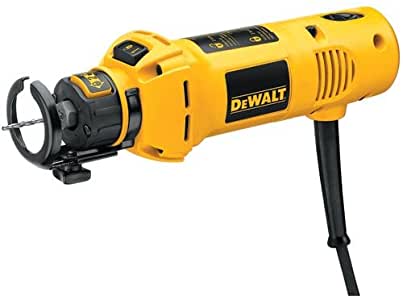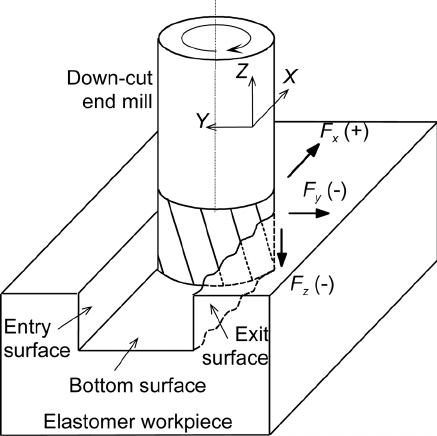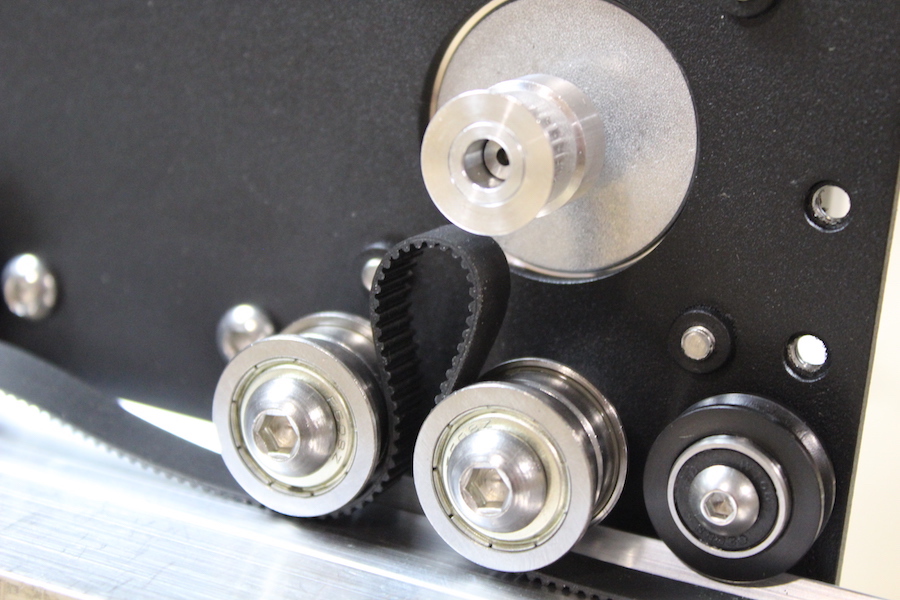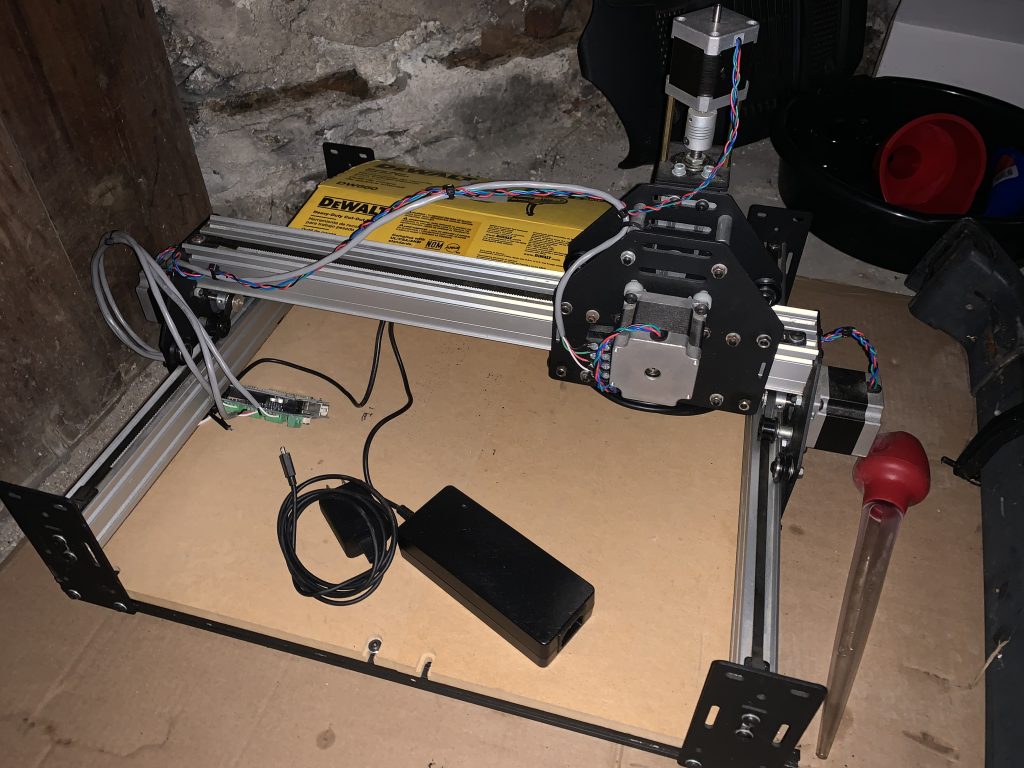Time to document an old friend. Long ago, when I was far more naïve, I embarked on project, at the time the goal was unclear but I was excited about the journey nonetheless. I purchased a components kit for a tabletop CNC called Shapeoko2. In theory it was a open source, scalable CNC that could be adapted the whatever your needs were. However, for reasons I’ll discuss later, this CNC is hardly apt for anything more intensive than some wood routing and plastic, aluminum would be pushing it.
The kit came with some extruded aluminum to use as the chassis, some particle board for a cutting/mounting surface, and a variety of accessory components like pulleys, wheels, belts (everything to make the router actually move to where you command it). The motors are where I opted to improve the kit, the kit usually advises that you start off with NEMA 17 stepper motors, however these only having a holding torque of 62 oz/in. In my period of theory crafting, I was setting my eyes on the stars and opted for some larger NEMA 23 motors with holding torque in the range of 165 oz/in. In the theme of upgrading, I also upgraded the router from a tiny Dremel unit to a beefier DeWALT router. All the electrical bits were controlled with an Arduino Uno and the signals were distributed using a stepper motor shield.

The kit was fun to build, it really stimulated my love for getting my hands dirty with all the cutting and tapping and actual screwdriver turning. However once it was built, I didn’t really have a whole lot of uses in mind. It was great for drawing pretty pictures with a sharpie but when it came to actually cutting things, it left a lot to be desired. To begin, it was NOISY. When the end mill is spinning at 30,000 RPM there is ample noise generation and that only multiplies once it starts removing material. The next issue was the actual material that was removed. I don’t know if you’ve ever spent any time around a machine shop or a carpenters workshop but if you run your finger along any surface, it is covered in dust. That does not really excite the human health and safety side of my brain when my only option is to run this beast inside my apartment. The final issue was the actual performance. While yes I did improve the motors, there are LOTS of cutting forces involved with a CNC. The axial and longitudinal forces have to be overcome and the gantry was positioned using rubber belts.

The large axial forces are difficult to overcome for metallic material 
The rubber belts readily stretch making accurate parts difficult to produce
While the motors had the correct holding torque, the belts themselves would stretch under cutting operations. The CAM software is sending out commands assuming the system is completely rigid so any stretch, vibration, or noise will deteriorate the final product. As a result cutting steel is out of the equation, aluminum is hardly viable because the speeds and feeds have to be reduced tremendously, so wood or acrylic is about the extent of what this CNC is capable of cutting.
While that isn’t what I was hoping it would amount to, I certainly learned a lot about machining and integration of electromechanical systems. I really enjoyed putting the CNC together and while it’s current role is being a professional dust collector, it may have it’s number called in the future as I brainstorm some uses for it.
